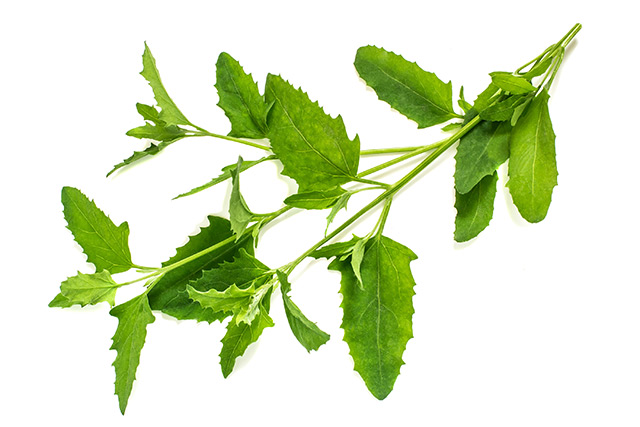Understanding the multiple health benefits of saltbush
05/07/2019 / By Ralph Flores

A study published in BMC Complementary and Alternative Medicine revealed that the saltbush plant (Atriplex lasiantha) contains biologically active compounds that can potentially be used against various illnesses. In the multi-university study, researchers from Pakistan and China looked at how saltbush can be used as a novel therapeutic remedy in vitro.
- For the study, the researchers used 14 solvents and subjected these to polarity-based extraction. This determined the best extraction solvent and bioactive fraction.
- They then colorimetrically quantified the total phenolic flavonoid content of the plant. The polyphenolics were then measured using HPLC-DAD analysis.
- The samples were also tested against different diseases using various assays. These included free radicals scavenging, antibacterial, antifungal, cytotoxic and antileishmanial assays.
- Based on the results, the solvent fraction obtained using methanol and water had the most yield (11?±?0.49 percent).
- The methanol-ethyl acetate saltbush extract contained maximum quantities of gallic acid and quercetin.
- Using HPLC analysis, the team quantified rutin at 0.3 micrograms per milligram.
- The methanol-ethyl acetate saltbush extract had the highest total antioxidant and total reducing power at 64.8?±?1.16 AAE/mg extract, and had a free radical scavenging potential of 59.8?±?1.07 percent.
- Meanwhile, the acetone-distilled water extract exhibited significant antibacterial potential, with 11?±?0.65?mm zone of inhibition against Bacillus subtilis.
- Ethyl acetate-n-hexane extract derived from the aerial part of the plant had a 14?±?1.94?mm zone of inhibition against Aspergillus fumigatus, indicating considerable antifungal activity. It also had the highest percentage of alpha-amylase inhibition at 41.8?±?1.09 percent.
- The methanol-acetone extract, in addition, exhibited inhibition of hyphae formation, with an 11?±?0.49?mm bald zone of inhibition, while the methanol-chloroform extract had significant in vitro cytotoxicity against the Hep G2 cell line.
The researchers concluded that saltbush contains multiple bioactive compounds that have therapeutic potential.
Learn more about other plants that have novel therapeutic uses at Herbs.news.
Read the full article at this link.
Journal Reference:
Zohra T, Ovais M, Khalil AT, Qasim M, Ayaz M, Shinwari ZK, Ahmad S, Zahoor M. BIO-GUIDED PROFILING AND HPLC-DAD FINGER PRINTING OF ATRIPLEX LASIANTHA BOISS. BMC Complementary and Alternative Medicine. 3 January 2019;19(4). DOI: 10.1186/s12906-018-2416-1
Submit a correction >>
Tagged Under:
alternative medicine, anti-diabetes, antibacterial, anticancer, Antifungal, Antimicrobial, disease treatments, herbal medicine, Herbs, natural cures, natural medicine, prevention, remedies, research, saltbush
This article may contain statements that reflect the opinion of the author





















